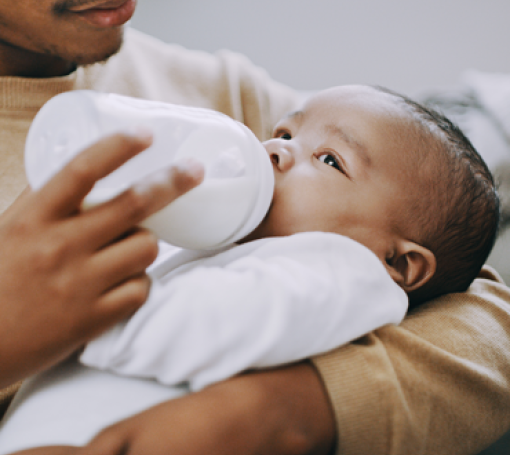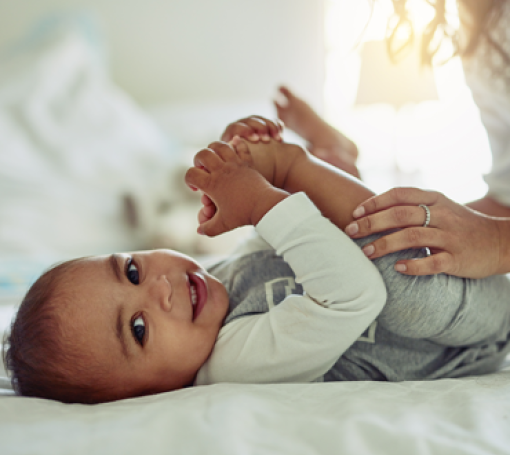What are warts?
Warts are growths on the skin caused by a virus. They can appear anywhere on the body and look different depending on where they are located. Common warts usually don’t cause discomfort unless they are in spots that experience frequent rubbing or pressure. Plantar warts, found on the bottoms of the feet, can be painful when walking.
Key Facts About Warts
- Warts are very common and spread easily through touch.
- Some people are more prone to warts, but the reason isn’t fully understood.
- There’s no guaranteed way to prevent warts from forming.
Treatment Options
Younger Children
- Usually, treatment is not necessary.
- Warts often go away on their own over time for younger children.
Older Children
- Warts are less likely to resolve without help for older children.
- Warts are not dangerous, so treatment is typically a personal decision based on whether the wart causes discomfort or inconvenience.
- Both at-home and in-office treatments are available.
At-Home Treatment | Salicylic Acid
What Is It?
- Salicylic acid is an over-the-counter treatment available at drugstores. We recommend 17% salicylic acid liquid or gel.
- Avoid using salicylic acid near the eyes and mouth.
How to Use:
- After a daily bath or shower, when the skin is soft, gently file the callus on the wart using a nail file or pumice stone that is only used for this. Important: Using the same tool on healthy skin or nails can spread warts.
- Every night, apply salicylic acid on the wart. Once it dries, cover the wart with duct tape or the sticky part of a band-aid. Use a clean piece of tape or band-aid every night. The acid will turn the wart white. This is dead skin that can be filed away. Tip: You don’t need to apply salicylic acid during the day because it moves easily and can spread to healthy skin.
- Continue treatment with salicylic acid until the natural lines of the skin or fingerprints return. If the area remains smooth, the microscopic virus can start to double again, and the wart will return.
- If your child had a liquid nitrogen treatment, wait until the blister heals or wait 5–7 days (if no blister forms) before starting salicylic acid.
Note: Duct tape can be used as treatment without salicylic acid. Cover wart with duct tape for as long as possible. Aim to remove, soak, file, and repeat once weekly.
In-Office Treatment | Liquid Nitrogen
What Is It?
Liquid nitrogen is used to freeze warts, effectively reducing their size or removing them.
What to Expect:
- Mild pain during the freezing process and some discomfort during the first night following freezing.
- Skin may swell, turn red, or form a blister after treatment.
- A scab or crust may develop and fall off in 1 to 3 weeks, leaving the wart smaller or gone.
- In some cases, the wart shrinks or disappears without forming a scab.
Multiple treatments may be needed. If the wart does not resolve after liquid nitrogen treatment, patients should either start home treatment with salicylic acid or schedule a follow-up appointment for repeat liquid nitrogen treatment every 1-2 weeks, depending on how the lesion heals after freezing.
Caring for the Treated Area:
- Wash the skin as usual.
- If a blister opens or clothing irritates the area:
- Apply a small amount of antibiotic ointment.
- Cover it with a band-aid.
*Always consult your child’s primary care provider (PCP) before using OTC medicines. Treatment of warts is effective but requires patience and follow-up care. For questions or concerns, send a your child’s PCP a portal message, call our nurse line, or schedule a follow-up visit.
Keep Reading
View All Posts
What to Know About Infant Formula
Choosing the right baby formula is important, and we’re here to help you understand the facts and keep your baby safe.

Baby's First Milestones
Watching your baby grow and change in the first year is exciting and sometimes overwhelming. Learn about key physical, social/emotional, and speech milestones to help you understand your baby’s development.

Positive Parenting Techniques
Positive parenting focuses on building a nurturing relationship to teach children important life skills like problem-solving, emotional regulation, and communication.

